AR/VR at CES
One such headline from a company we have mentioned recently was “Magic Leap 2 Receives 60601 Certification for Use in The Operating Room”. Magic Leap (pvt) is a well-funded AR unicorn that recently became the property of the Saudi government, when it took a controlling stake in the company through a $450m purchase made by the country’s sovereign wealth fund. Magic Leap, as we have previously noted has been through some highs and lows since its founding in 2010, including the stepping down of its founder in 2020 when the company faced financial trouble. Magic Leap refocused itself from a consumer orientation to a commercial one and last September released the Magic Leap 2 AR headset, the follow-up to the Magic Leap 1 released in 2018, an improved version that has been touted for use by both repairmen and surgeons, albeit the $3,300 price.
We have no issue with the Magic Leap 2 device itself, however the release seemed to indicate that there was some governmental approval for the device’s use in operating rooms, opening up the world of AR to surgical suites across the globe, however if one looks at what 60601 certification actually is, the headline is a bit misleading. IEC 60601 is a series of technical standards for the safety and effectiveness of medical electrical equipment. It is the de facto requirement for bringing new medical devices to market in many countries, but is quite specific as to what it covers which is the operation of a device’s power supply. With a number of certification levels as noted below, the certification is an absolute necessity for any device used in a healthcare facility or even a home environment and measures the potential for a number of potential electromagnetic hazards that could emanate from such devices. In some cases those emanations might cause problems with other equipment in the vicinity, similar to the way in which smartphones must be certified for excessive RF radiation before they are made available to the public.
· No body contact – such as with X-Ray or MRI machines, or even hospital beds and lighting
· Physical Contact – such as blood pressure monitors, ultrasound tools, or even thermometers
· Cardiac Contact – such as defibrillators or dialysis machines
In no way does this certification mean that the Magic Leap 2 AR headset has been certified by a government organization like the FDA or other drug or medically-related organization and the option to use the ML 2 headset would be in the hands of the user. We are certainly not criticizing the use of AR in a surgery suite, just the opposite, but rather than tout a certification that sounds like a tacit road to AR or VR assisted surgery, it might have been more beneficial to produce a headline that highlighted the company’s partnership with SentiAR (pvt), a company that has developed the software to visualize cardiac catheter lab procedures, bring them from typical 2D visualization on monitor screens, to 3D visualization using AR devices such as the Magic Leap 2 (https://youtu.be/rsS2D7PrkEo) or EchoPixel (pvt) working toward similar cardiac 3D imaging solutions.
The FDA is still a bit iffy about software used in or around medical devices, so there are a number of classifications that can be bandied about in headlines for companies associated with AR in a healthcare setting, and while there is no overarching FDA policy toward medical software, when software is used to analyze medical device data it is considered an accessory to the device, however when the software is part of the device’s functions, and could pose a risk, the FDA oversight can become more stringent. While in some such cases, such as the use of a small or low resolution screen in a radiological exam, could lead to a poor or misleading diagnosis, the FDA seems to recognize the importance of managing those risks through regulation, but the field of AR or VR in practical medicine is relatively new and will likely take years for the FDA to develop regulations that are specific to their use in medical settings. If the use of devices that indicate blood glucose levels or display ECG information are any indication, it will be even more difficult for the FDA to classify how it will regulate AR or VR software that can create 3D visual images that can be viewed before or during procedures.
Headlines do not make products, or at least not in the medical AR/VR space. Devices and software that make complex medical procedures safer, simpler, and more successful can bring XR into the public eye far more significantly than eye-catching headlines, just as robotically assisted surgery has reduced the risks related to on-pump CABG procedures. Being able to visualize actual patient organs in 3 dimensions should make procedures faster and therefore less risky, so if companies like Magic Leap want to popularize AR devices in the medical space, they should focus on how such devices can be used to save lives. If they are as effective as the company (and others) say they are at improving surgical outcomes, and the media can make that information available to the public, it would go a long way toward improving the regulatory processes needed to maintain a safe use environment. If the public thought there was a real benefit to using AR/VR in healthcare and puts some pressure on regulatory agencies to codify better regulations, things will move more quickly for AR companies than confusing headlines.
[1] We note that CES is not open to the general public. One has to prove they are a part of the media or are ‘in’ the CE industry in some way, either as a producer or consumer (retail or otherwise) of CE products.
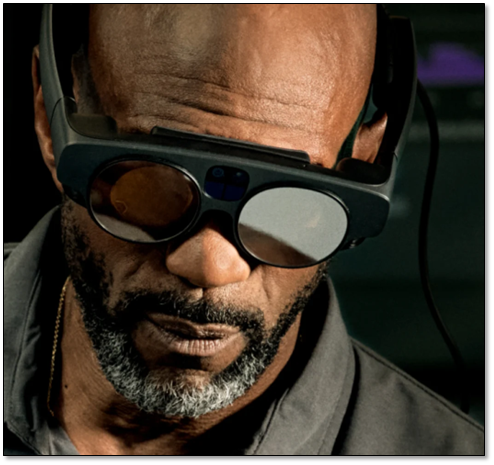










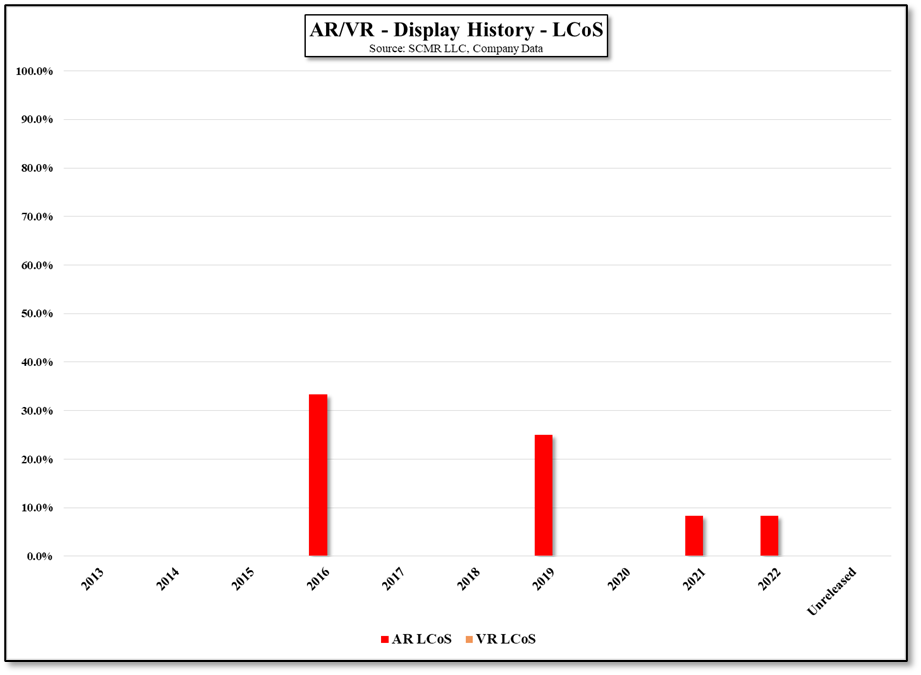
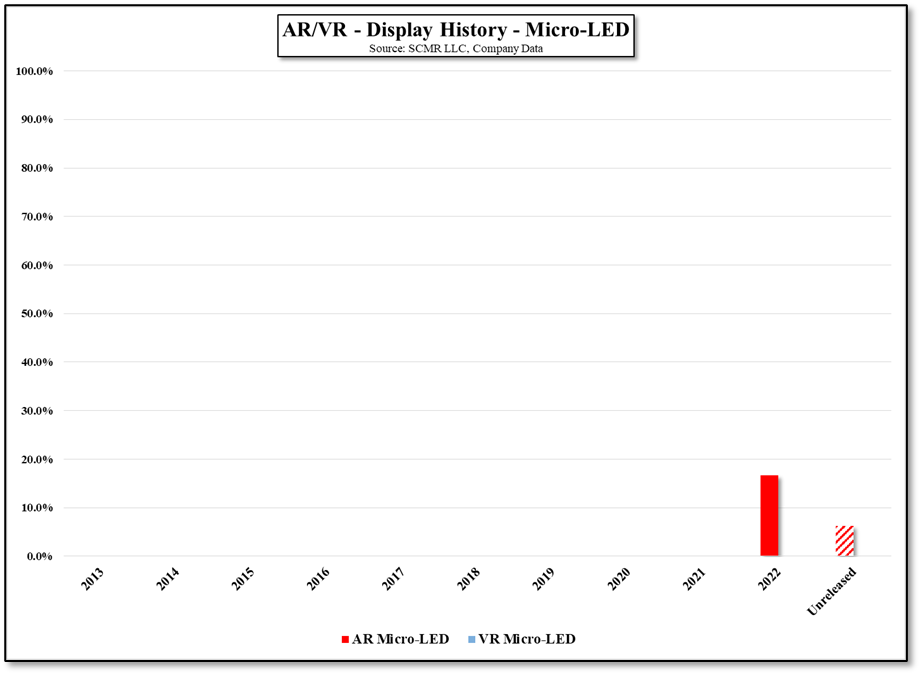
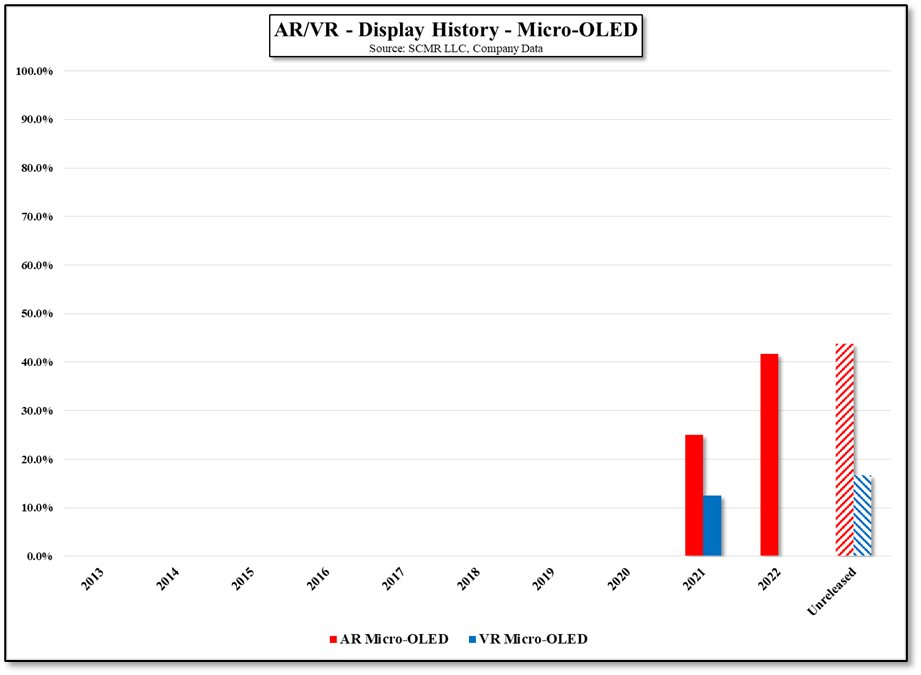
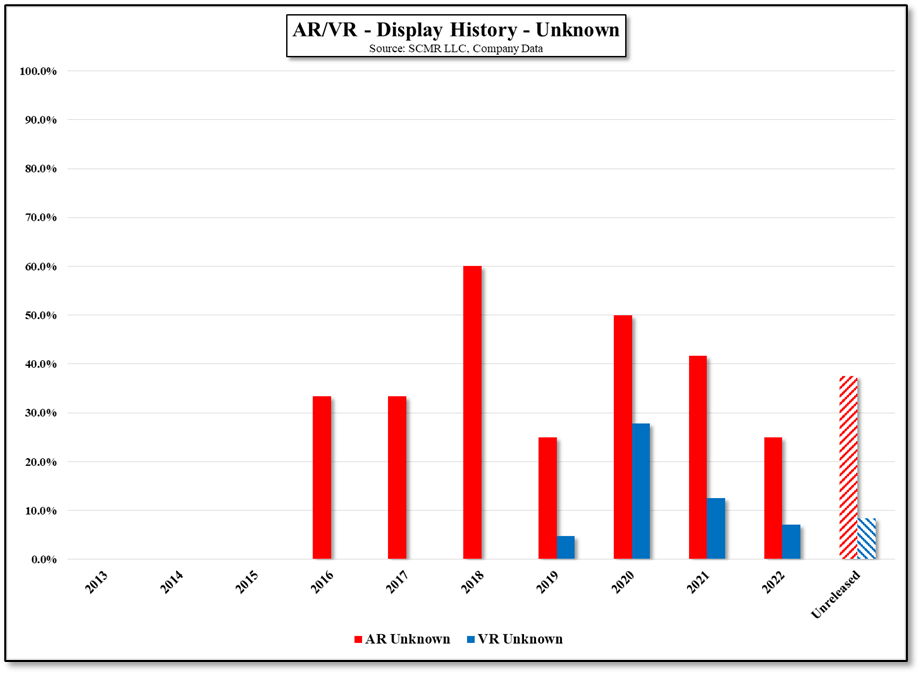
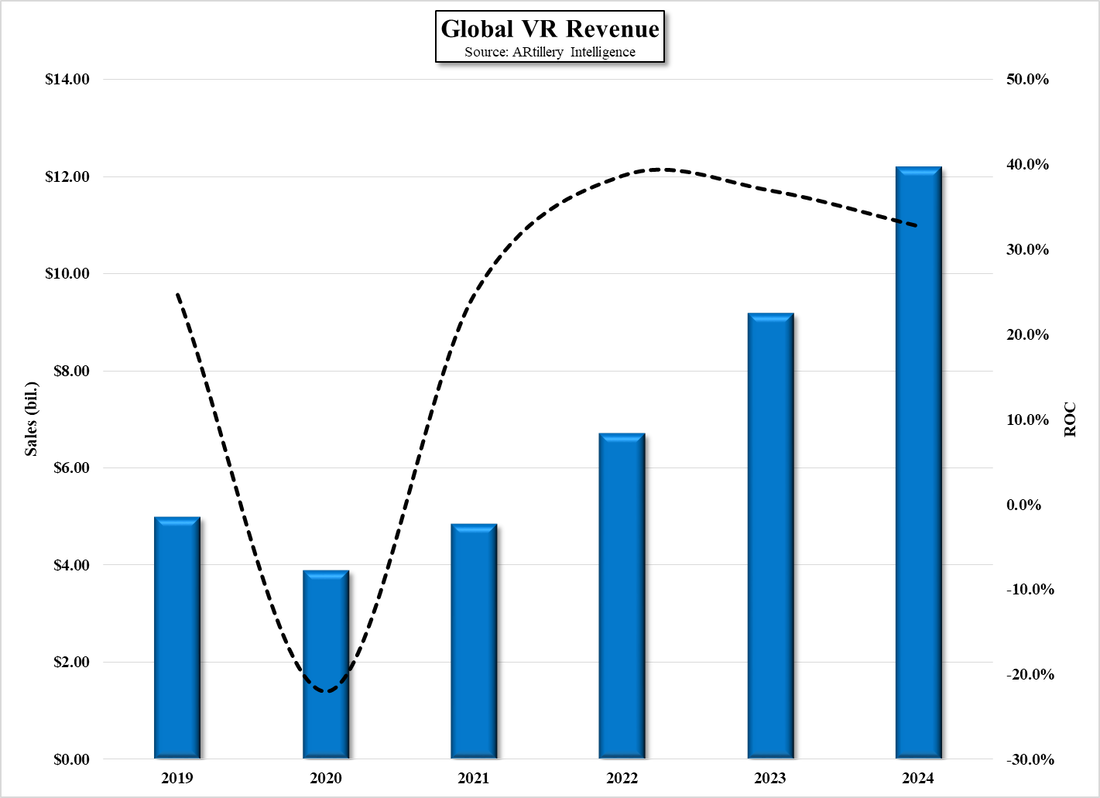


 RSS Feed
RSS Feed